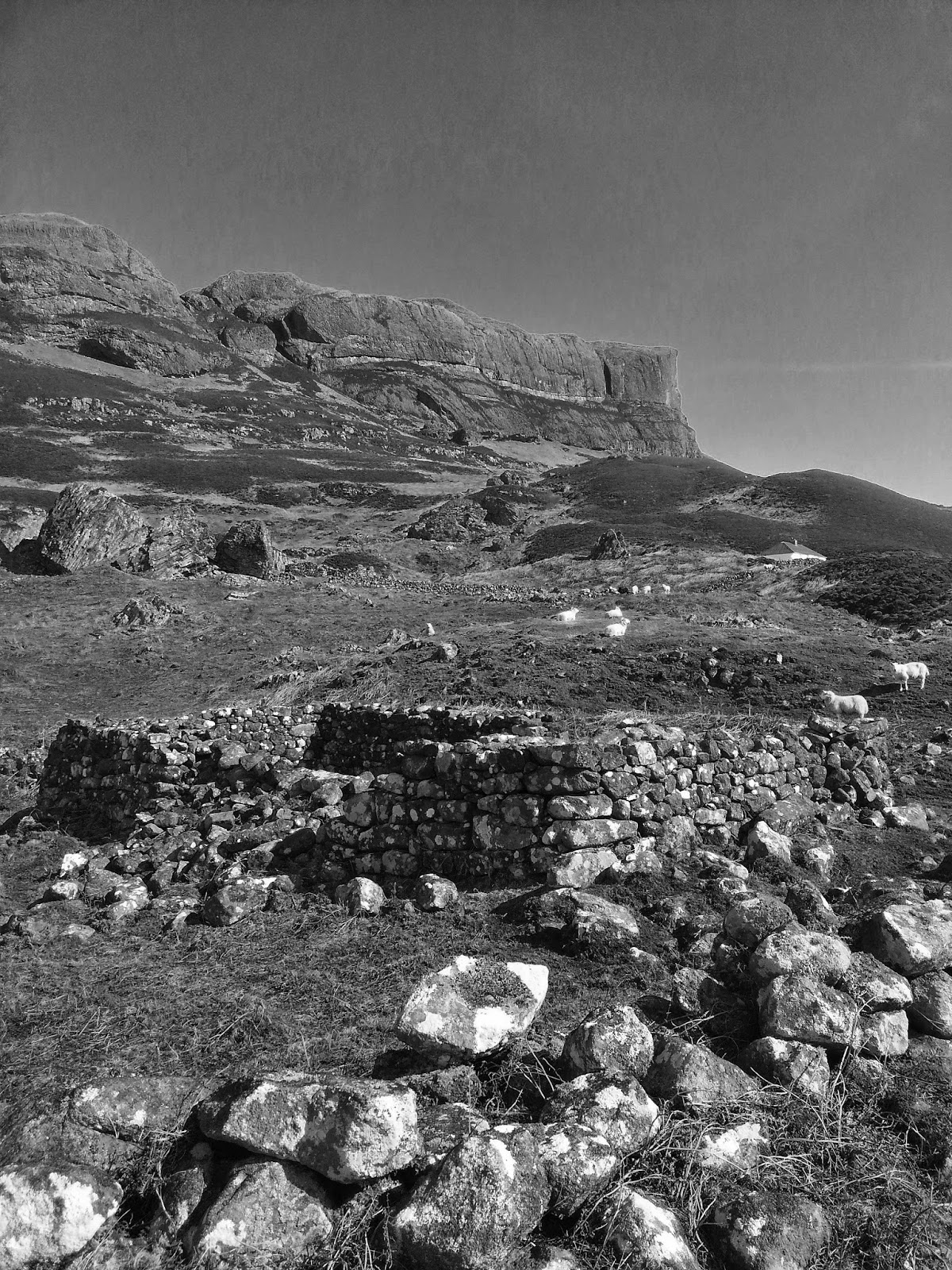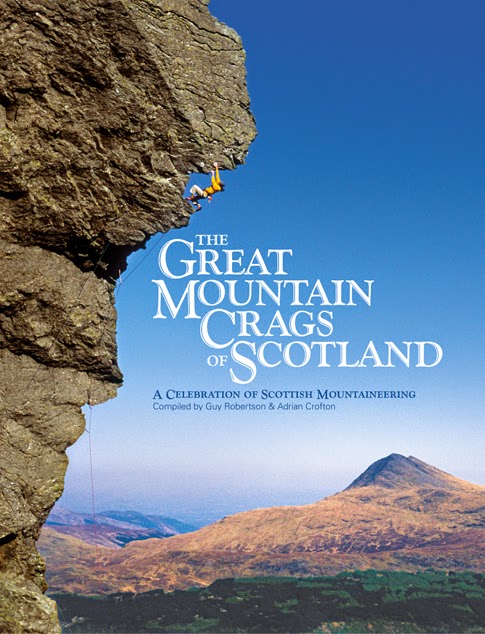Scotland's Ancient Woodlands #Allt Broighleachan
The wood of Allt Broighleachan - a remnant Caledonian Forest Reserve
Glen Orchy is well known for its roaring falls and
kayaking challenges, and in spate the dramatic Eas Urchaidh boils through a
narrow gorge, which in quieter conditions reveals great swirl-holes full of
pebbles. The bedrock schist geology of Glen Orchy here peeps through, the cliffs
smoothed along layered lines which are the tortuous echoes of our Caledonian Orogeny,
when ancient sandstones were metamorphosed into a glittering rock, uplifted and
finally eroded to the twinkling mica sand we see today in the river’s gravel banks. Whilst
the river is the audible and visible focus of the glen, the quiet hills on each
side are steep and cloaked in a noise-cancelling patchwork of Sitka spruce – trees
which are often characterised (unfairly?) as a vegetal form of vermin, their
pernicious seedlings sprouting everywhere by the roads and tracks, creeping up
the hills amongst the moor-grass clumps. These close-packed and claustrophobic trees
dominate the lower slopes of Glen Orchy and from the river the remnants of the
older Caledonian forest cannot be seen, as they lie hidden in the bowls and
gorges of the higher corries. Hogging the slopes of the glen, the Sitka finally
gives way to the natural alder, birch and Scots pines of an older, higher ecosystem.
A steep but short hike up the gorge of the Allt Broighleachan (‘the breasting burn’) leads to a
pleasant clearing by the river with a picnic table provided by the Forestry
Commission. A short walk through the last of the Sitka plantation leads to the
fenced-off reserve, with the remnant pines in various states of youth, maturity
and decline, spread generously over the slopes around the Allt Coire Thoraidh (originally this was
spelled Allt Coire Ghoridh, meaning ‘the
brief corrie’). At some points through the old pines you can sense how Scotland
may once have been experienced in the typical ‘open-plan’ airiness of a Scots pine
forest.
The higher reaches of the Broighleachan reserve exhibit
some of these colonised glacial humps which have caught the downwind spread
from this mother pine. From its higher stance it seems to have generated stands
of younger kin and some lonesome, rebel pines. How it got so high above the
others is invisible history, likely a bird or mammal ingested a seed and excreted
the resilient nut further uphill to begin the process of upwards colonisation.
Then this pine cast its winged pollen to regenerate further trees, and
so the Caledonian forest grew. The older ‘hill-climbing’ generations are often
in senescence and the ‘younger’ remnant forests fill themselves in with density
and kinship, perhaps one day to reclimb the hills, if only they could
exist beyond the enclosure they require from the inquisitive lips of red deer.


